Take a look at this photo. Can you spot the difference between these two types of gum? Hint: one is safe for school-aged children, one is not.
Stumped? The gum on the left is chewing gum and the gum on the right is nicotine gum. Easy to tell the difference right? For an adult, yes. Now put yourself in the shoes of a toddler. Easy to confuse the two, isn't it?
Poisoning is preventable
I’m sharing this photo (and others below) to bring awareness to Poison Prevention Week, which falls on March 18 - 24 this year. Poisoning can happen at any age; however, children are at particular risk of injury. Looking at the photo above, it’s easy to see why! Children between the ages of 1 and 3 years are at the highest risk because of the way they explore the world around them. What do toddlers do best? Put things in their mouth! They like to taste test everything!
That said, the risk of poisoning is not limited to toddlers. I have a 6 year old, who, despite my best efforts, still absentmindedly licks many items not fit to eat! Ick!
The good thing is that this reminds me that even as my children age, I need to remain watchful and always keep medications out of sight and out of reach. Generally, as parents, we do a really good job of creating safe spaces and home environments, but we can’t control everything. Visiting guests with purses or toiletry bags, or new unfamiliar spaces are a part of life and sometimes kids just can’t recognize the risk. The good news is that poisoning is preventable.
Spot the difference: Poison prevention edition
Take a look at the following products. Can you spot the difference? Take a guess and share with a friend. Poison Prevention Week is a great opportunity to remind ourselves how mistakes can happen.
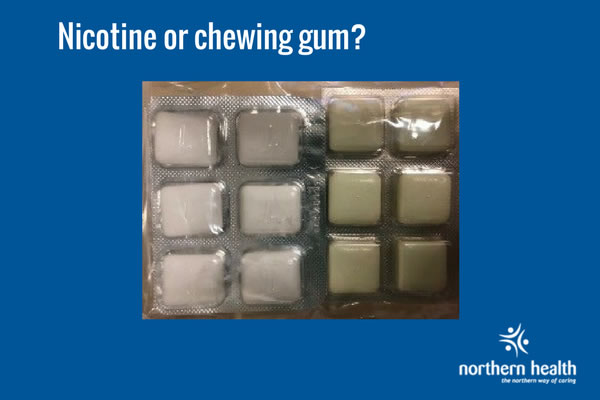
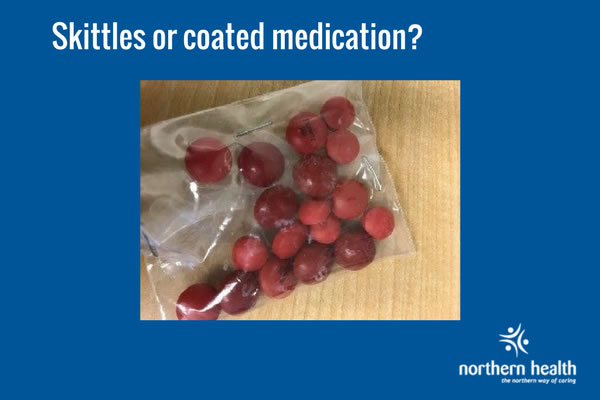
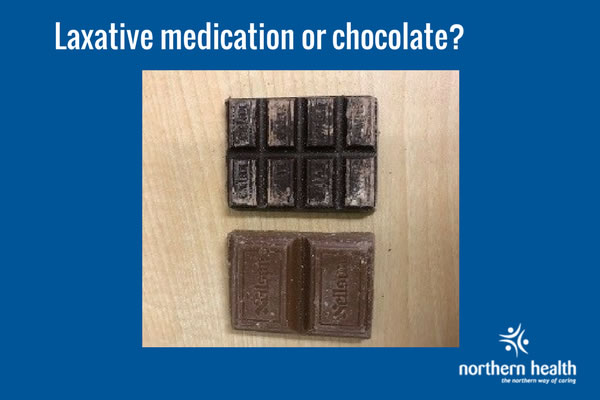
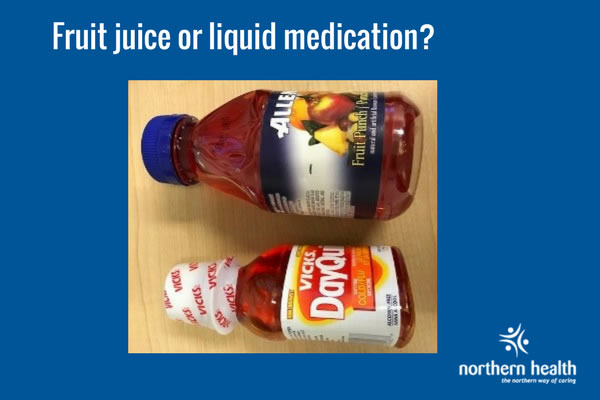
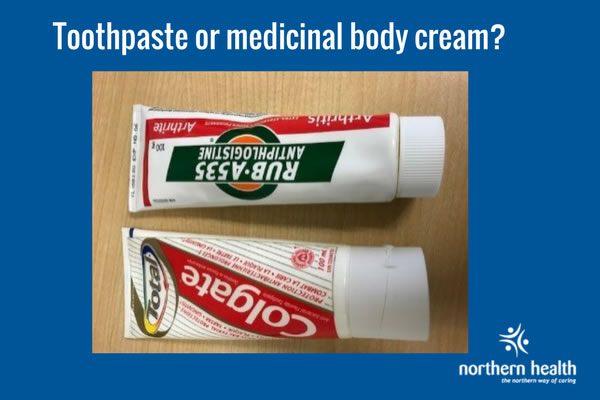
Medications remain the leading cause of poisoning in children
Follow the recommended practice of storing medications in their original packages; in child resistant containers; and out of sight and reach of children. Keeping these practices in mind, we can significantly reduce the risk of accidental poisoning, however there may come a time when you find yourself calling the BC Poison Control Centre. The phone lines are answered 24 hours a day and offer services in 150 different languages.
When to call the BC Poison control centre
If a person is unconscious, having convulsions or having trouble breathing, call 9-1-1.
If the person you are concerned about is awake, call BC Poison Control right away 1-800-567-8911.
Have the following information ready:
- The details of the substance (medication, plants, cleaners, or other) that you are concerned about
- The estimated amount taken, inhaled, or spilled on the skin
- When the incident happened
- The age and approximate weight of the person affected
- How is the person doing now
- The telephone number you are calling from
What you can expect from the BC Poison control centre:
- A poison specialist who is a specially trained nurse or pharmacist will answer your call.
- You will be advised if you need to go to the emergency department of if you can watch the person at home.
- You may be given first aid instructions.
- If the person can be watched at home, the poison specialist will advise you what to watch for, and in some cases, may call you back later to see how the person is doing.

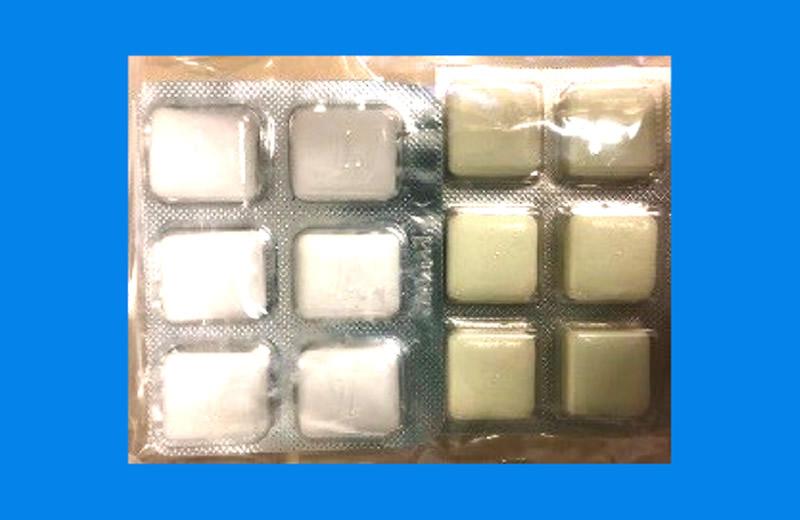











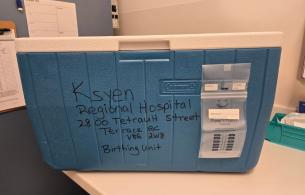
Comments